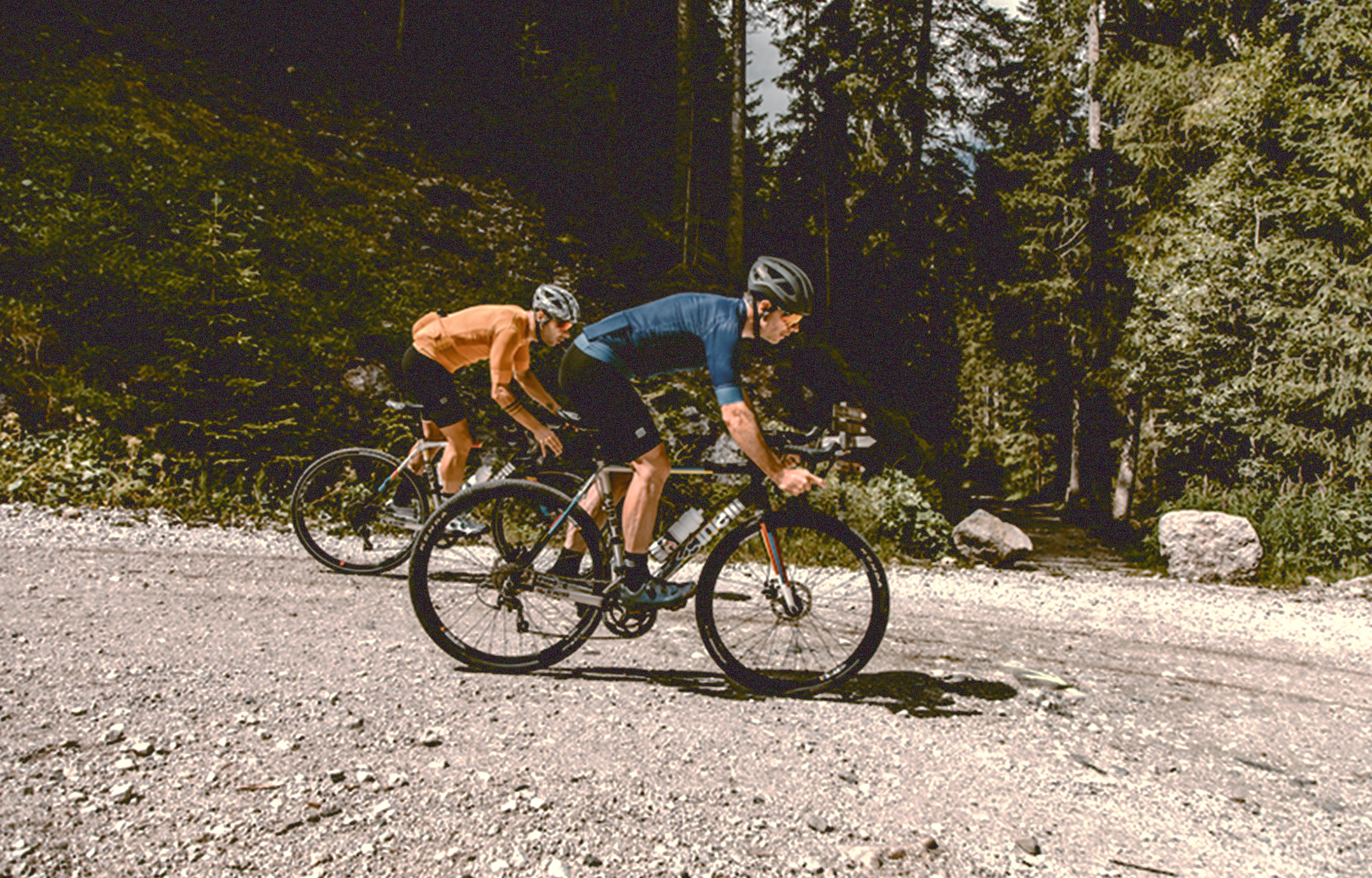You’ve fallen for it; you’re going to get yourself a Gravel! But how do you choose it? It’s a bike, of course, but you may discover this practice, let’s see how you can make a winning purchase!
To know how to choose a Gravel, here the first piece of advice we give you. Even if Gravel is an exciting discipline, is to target your budget well. This bike can be your first bike, it’s the easiest. But it may become an extra machine in your gear. So you have to frame your purchase and imagine what you can do with it if you don’t do a lot of Gravel! Training bike, work bicycle, hiking, there is no shortage of possibilities for side uses! Think!
Bike frame, the basis of everything
There are, of course, differences in geometry and behaviour between Gravel’s different models. But are you a Gravel beginner or a more experience one? It’s in your best interest to make sure that the frame of the bike you choose allows you to pass very large 1.77 or 1.96 inches tires. Also take the opportunity to check if you can ride 700 and 650B wheels. It’s not essential, but you never know… Then, it must have the anchor points for luggage racks or even mudguards. This may not be your priority at the moment, but it could become one.
And above all, there is the material of the frame that determines a large part of the price of the bike. Gravel is found in steel, aluminium, carbon and titanium. The standard offer is mainly focused on aluminium and carbon. The aluminium is relatively affordable and allows a good overall behaviour of the bike. Carbon is more expensive, more comfortable, lighter, stiffer. But beware at the same price, an aluminium frame will always be better than a carbon frame! The “typical” behaviour of the composite can be exchanged for a nice amount of euros! Much higher than the price of aluminium frame… For a first purchase, even if you have a “off-road” bike or road bike, take a good aluminium frame!

The level of components
Because of its playing field, the Gravel makes a very strong contribution of its components. High-end groups can be attractive to the enthusiast, but it must be integrated that in case of breakage or wear, a top level derail can cost twice a mid-range … And the dynamic gain achieved is not that sensitive. Entry-level groups are no less efficient when they are in 11 gears, they are just heavier. If you absolutely want beautiful material, the “reasonable” limit is made up by the groups Campagnolo Chorus, Shimano Ultegra or Sram Force who will be “expensive” enough to possibly calm your ardor.
In our opinion, the best is to rely on the group just below and always in 11 gears. Shimano 105 and GRX (dedicated to Gravel), Sram Rival or Apex (double or single board) are very interesting options. Groups 10 or 9 gears are usually present on Gravel first price, however, gear tooth spacing from one pinion to another can be difficult to manage. On these same bikes, you can also find mechanical disc brakes that are a little less pleasant and more restrictive than hydraulic brakes.

Wheels and tires
These are the accessories that you will be most able to change to suit your use, your field of evolution or the weather. Again, at first it is best to opt for aluminium rims that will be less fragile than carbon models. But also cheaper to replace in case of breakage! As much as possible choose them tubeless compatible. This type of tyre will give you more comfort and resistance to the puncture; you can equip yourself afterwards because the tyres will be with the saddle, the equipment that you will be able to replace for convenience!
Now that you know how to choose a Gravel, book your weekend of June 27 and 28, 2020 in your calendar; Indeed, it will be an opportunity for you to meet the professionals of the Gravel on the Gravel Expo, the 1st gravel exhibition. And who knows, maybe find your rare gem!

